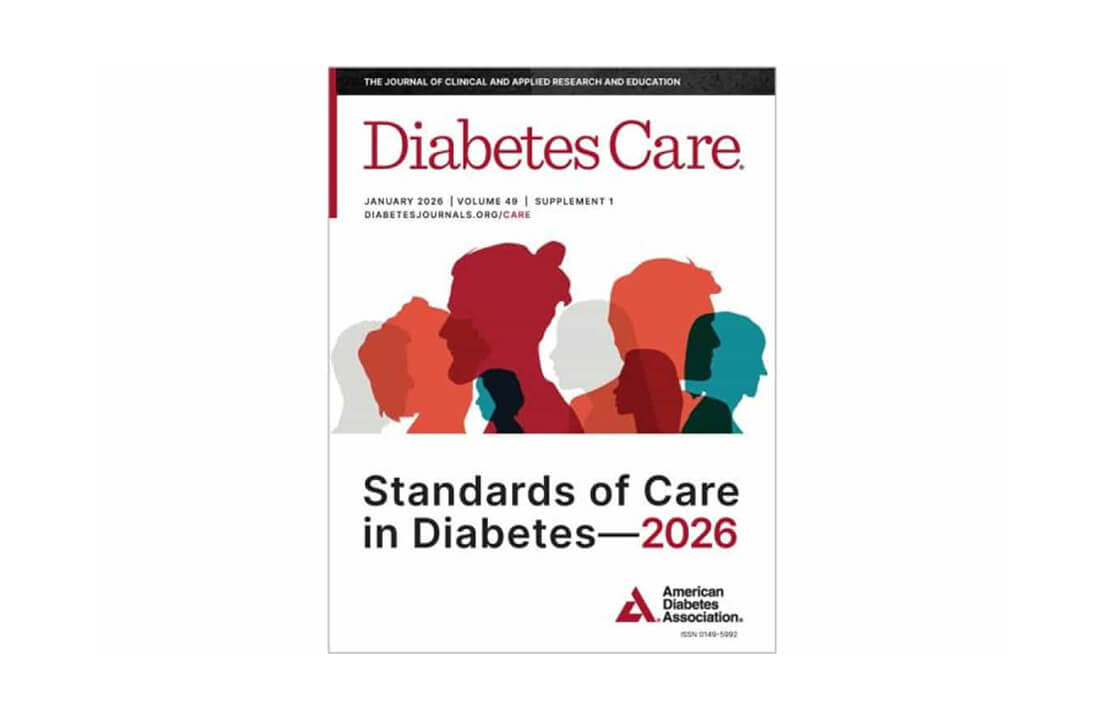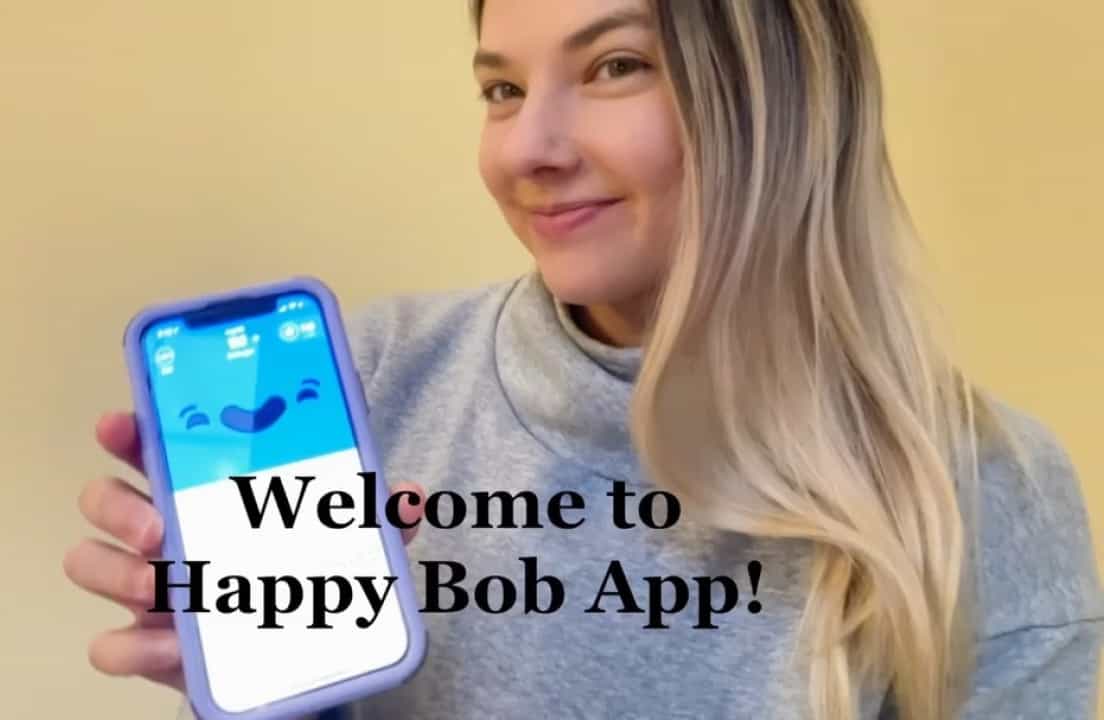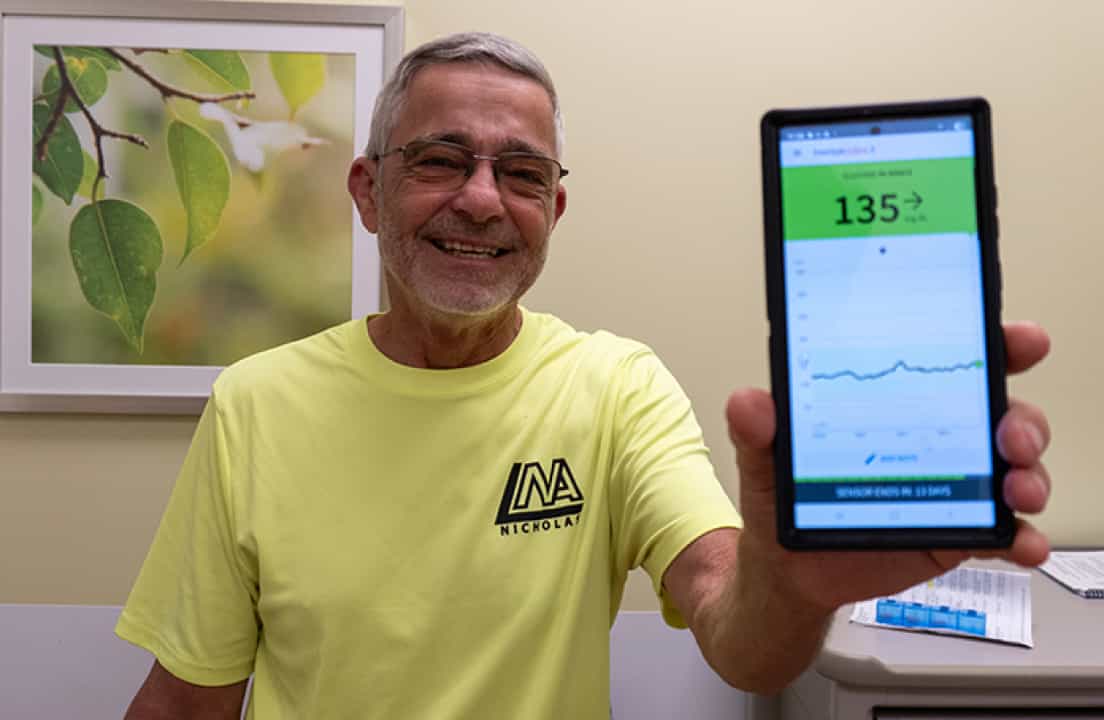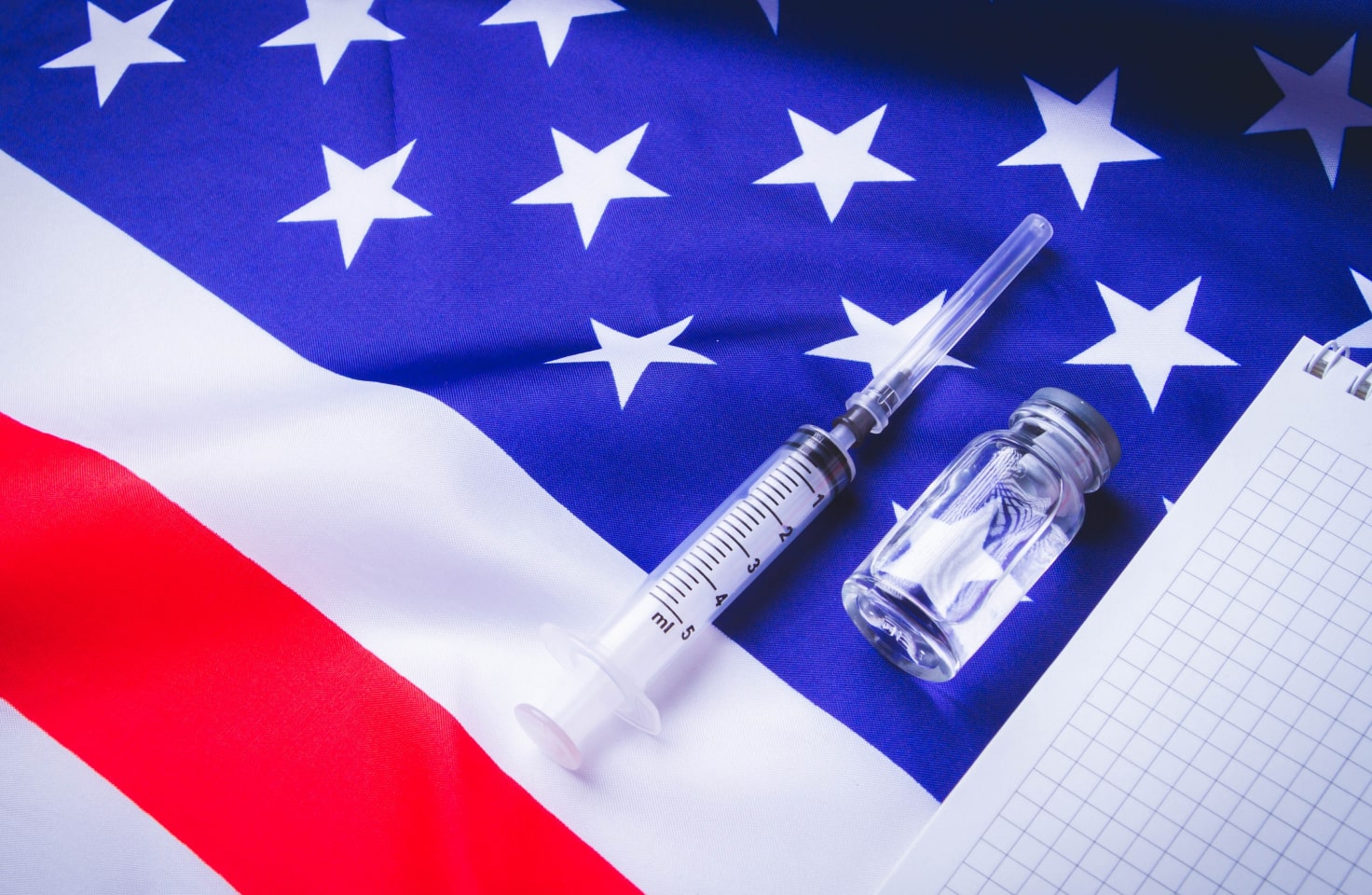T1D Guide
T1D Strong News
Personal Stories
Resources
T1D Misdiagnosis
T1D Early Detection
Research/Clinical Trials
Diabetes and Suicide: The Silent Threat
As we enter National Diabetes Awareness Month, an important issue that people often shy away from is the rise in suicide among young people. It’s high time to break the silence on this taboo topic, as suicide is a leading cause of death among youths aged 20 to 24 in the United States and up 7% in individuals with type 1 diabetes.

Trigger Warning: Discussion about suicide. If you or someone you know is in crisis, call or text 988 to reach the Suicide and Crisis Lifeline, chat with them online via their website, or text HOME to 741741 (multiple languages available). If this is an emergency, call 911.
According to the American Diabetes Association’s Scientific Sessions, suicide risks are higher among people with diabetes and, in many cases, go underreported. Mental health concerns sometimes get overlooked with all of the carb counting, insulin dosing, and obsessing over time in range. The mental strain and financial burden of diabetes can bear a heavy toll. Even more surprising, current screening tools in doctor visits are often underused or not addressed.
As we plunge through our busy days, we tend to brush feelings of depression, anxiety, and even suicidal thoughts aside – which is the worst thing you can do. Burying or hiding emotions is a temporary fix and even dangerous. These feelings of hopelessness need to come up in order to come out, and that isn’t easy.
First and most importantly, know that you are not alone.
A 2021 study by the National Institutes of Health stated that nearly HALF of Americans surveyed reported symptoms of an anxiety or depressive disorder. According to the Centers for Disease Control and Prevention (CDC), suicide rates among 10–24-year-olds increased significantly during 2018 – 2021 and continue to rise. It’s the second leading cause of death among people in this age group, and the CDC also suggests that suicide accounts for a large proportion of deaths in patients with T1D.
This is why regular screening of depression and suicidality and prompt treatment through therapy, medicine or both is critical and effective.
Seek help immediately if you or a loved one has suicidal tendencies.
.jpg)
1 Seek professional help
It’s great if you can curb these lurking thoughts with a good cry, a therapeutic cup of coffee, and a conversation with a trusted friend, but chances are you’ll need some additional assistance, which is nothing to feel ashamed about. Depression is a real illness that requires medical attention. Sometimes, treatment includes medicine, therapy, or both. Look at the stats and know you aren’t alone. Speaking with a trained physician or therapist is essential to healing. And if it’s not a good fit, keep searching until you find the perfect match.
In addition to seeking professional treatment, here are some other ways to combat feelings of despair.
2 Talk it out
Talk to someone—a friend, stranger, helpline, or family member- it doesn’t matter. Just let your feelings be known. Sometimes, when you identify these dark moods, the black clouds over your head lift and lose their power. Let go of self-judgment and embrace your emotions, both good and bad. People who have walked in your shoes have reached the other side and want to help you now.
3 Find a creative outlet
Journaling, reading, art, dance, and music are all good for the soul. Surround yourself with positivity, high energy, and good vibes. Stay clear of negative people, games, and movies. Studies show creative activities help combat anxiety by activating a part of the brain that processes emotions. WebMD states artistic expression can boost your mood and help you recover from depression.
4 Cut back on social media
Social media is a great way to connect with friends and find social groups and support, but it can also be harmful in high doses. Current research from the National Library of Medicine (NLM) associates online social networking with several psychiatric disorders and depressive symptoms. Put a time limit for yourself on Instagram, Facebook, and Snapchat.

5 Get moving
The benefits of exercise far outweigh any drawbacks. Physical activity is good for your mind, body, heart, and soul. Running and yoga are great ways to clear your head and help you live in the moment. Exercise releases dopamine and serotonin, creating feelings of pleasure, happiness, and well-being. Also, working out improves sleep habits, releases negative emotions, and improves mood for hours.
6 Get enough sleep
As sleep and exercise go hand in hand, it can wear on you emotionally and physically if you’re not sleeping enough. If you have trouble sleeping, there are many ways to improve sleep patterns. Try reading instead of being on your screen. Be consistent with your sleep schedule. Ensure your bedroom is conducive to sleep, with a comfortable bed, temperature, and quiet environment. Moreover, try avoiding large meals, caffeine, and alcohol before bedtime.
7 Change your eating habits
Did you know what you eat affects your mood? When we think of our bodies as temples, we must be aware of everything we eat and drink. This, of course, is equally important with diabetes. A Harvard Health study shows a correlation between a diet high in refined sugars and impaired brain function with even worsening symptoms of depression. Diets of nutrient-rich, unprocessed foods improve your ability to focus and reduce mood swings and anxiety.
.jpg)
8 Practice gratitude
Count your blessings and watch them multiply. Get a pen and paper and write down everything you have to be grateful for. Staying mentally healthy takes work. Be aware of your feelings and correct your negative thinking with positive affirmations. Think of your mind like a computer screen, and any thoughts you don’t like, simply drag them to the trash. If a job or relationship weighs you down, it may be time for a change.
9 Volunteer your services
Diabetes burnout is real, and you need to seek treatment first, but another way to beat the blues is to get involved. Diabetes educator Carla Cox suggests if you’re a young adult with type 1 diabetes – volunteer for a kids’ camp. As you do, you’ll see you’re not alone, and as you help others, you help yourself in the process.

Practice Catharsis
Catharsis is from the ancient Greek word, katharsis and means cleansing or purification. Sometimes, we must train our minds toward self-care and awareness of our thoughts—expunging the negative and replacing them with positive ones. There’s no magic wand or easy fix, but subtle shifts take time and practice—in addition to expert help.
Diabetes can be grueling, and there is no vacation if you have it or if you’re a caretaker. Cut yourself some slack, and know you’re stronger than you think. Your life can be a heavy gift at times, and it’s important to remember that your thoughts, feelings, and mental health matter.
Lastly, have compassion for yourself. At the end of the day, remember you did your best; no one is perfect. We all have struggles, big and small. Seeking professional help is key to understanding and processing your way back to healthy living.
The following organizations are here to help:
- American Diabetes Association: Mental Health Directory
- 988 Suicide & Crisis Hotline: The 988 lifeline provides 24/7 free and confidential support for you or your loved one.
- Suicide Prevention Resource Center


.webp)





.webp)

.jpg)
.jpeg)
.jpg)




.jpg)



.jpg)




.jpg)

.jpg)



.jpg)

.jpg)




.jpg)
.jpg)
.jpg)
.jpg)
.jpg)
.jpg)
.jpg)

.jpg)
.jpg)

.jpg)



.jpg)
.jpg)
.jpg)

.jpg)

.jpg)














.jpg)


.jpg)







.webp)











.webp)






















.webp)